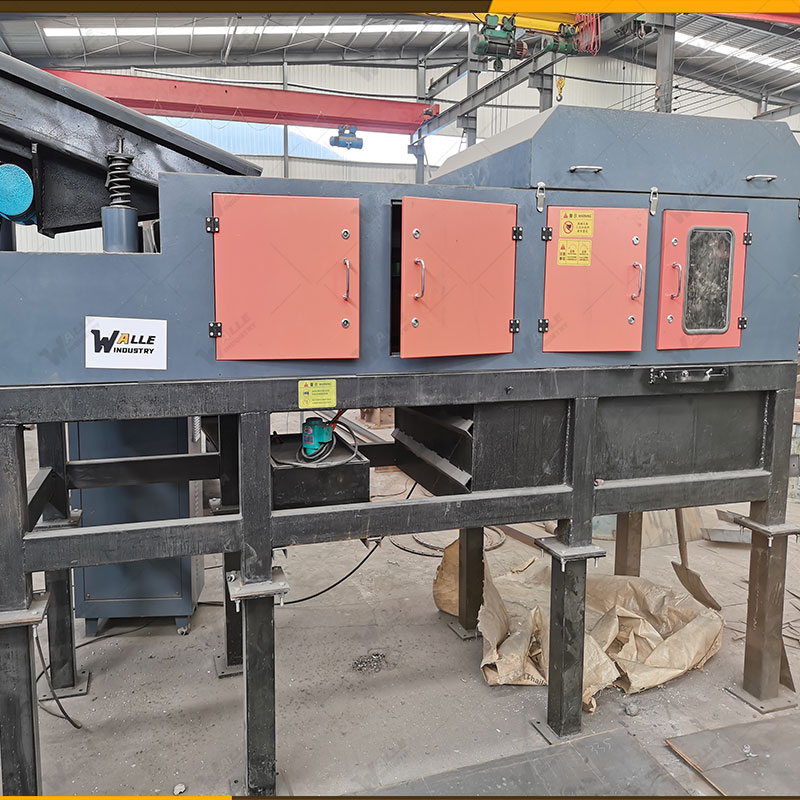

I. Description The physical basis of the HECS type eddy current metal sorter is based on two impo
7 * 24 hour free hotline
+86 1879029661260 seconds response
Reply within 30 minutes
24-hour free plan
I. Description
The physical basis of the HECS type eddy current metal sorter is based on two important physical phenomena: an alternating magnetic field that varies with time is always accompanied by an alternating electric field; and a current-carrying conductor generates a magnetic field. Therefore, if a conductor is exposed to an alternating magnetic field, or to an alternating magnetic field created by the rotation of a fixed magnetic field, eddy currents perpendicular to the magnetic flux of the alternating field are generated in the conductor. On the other hand, the conductor eddy current triggered by the induction magnetic field opposite the mirror magnetic field, the conductor to produce repulsive force, such as copper, aluminum, etc. will be due to the repulsive force of the magnetic field along the direction of its transport forward leap, to achieve the separation of non-metallic materials and other non-metallic substances to achieve the purpose of sorting, the main distinction between the criteria is the conductivity of the material and the density of the ratio of the value of the ratio of the value of the ratio of the high ratio of the ratio of the low rate of the material is more easily separated. The conductor is separated from the material.

Second, the scope of application
HECS type eddy current metal separator is mainly used to recover copper, aluminum and other types of non-ferrous metals from domestic garbage, industrial garbage waste, electronic waste disposal, broken glass, waste plastic doors and windows, boiler bottom ash, waste automobile slices, and it can be widely used in environmental protection fields such as garbage disposal, recycling of waste electrical appliances, and material processing in non-ferrous metal processing industry, etc. It is mainly used in the following aspects. Specifically, it mainly refers to the following aspects:
◇ Electronic waste treatment (refrigerator dismantling line);
◇ Separation of aluminum cans and ferrous metals;
◇ Separation of non-ferrous metals from boiler bottom ash;
◇ Sorting of aluminum or copper pieces from waste automobile slices;
◇ Separation of non-ferrous metals from glass shreds;
◇ Separation of non-ferrous metal impurities in some production lines (e.g., plastic recycling production lines);
◇ Separation of non-ferrous metals from the recycling of plastic windows and doors;
◇ From wood Separation of non-ferrous metals;

Copyright © 2099 Walle Recycle All Rights Reserved.